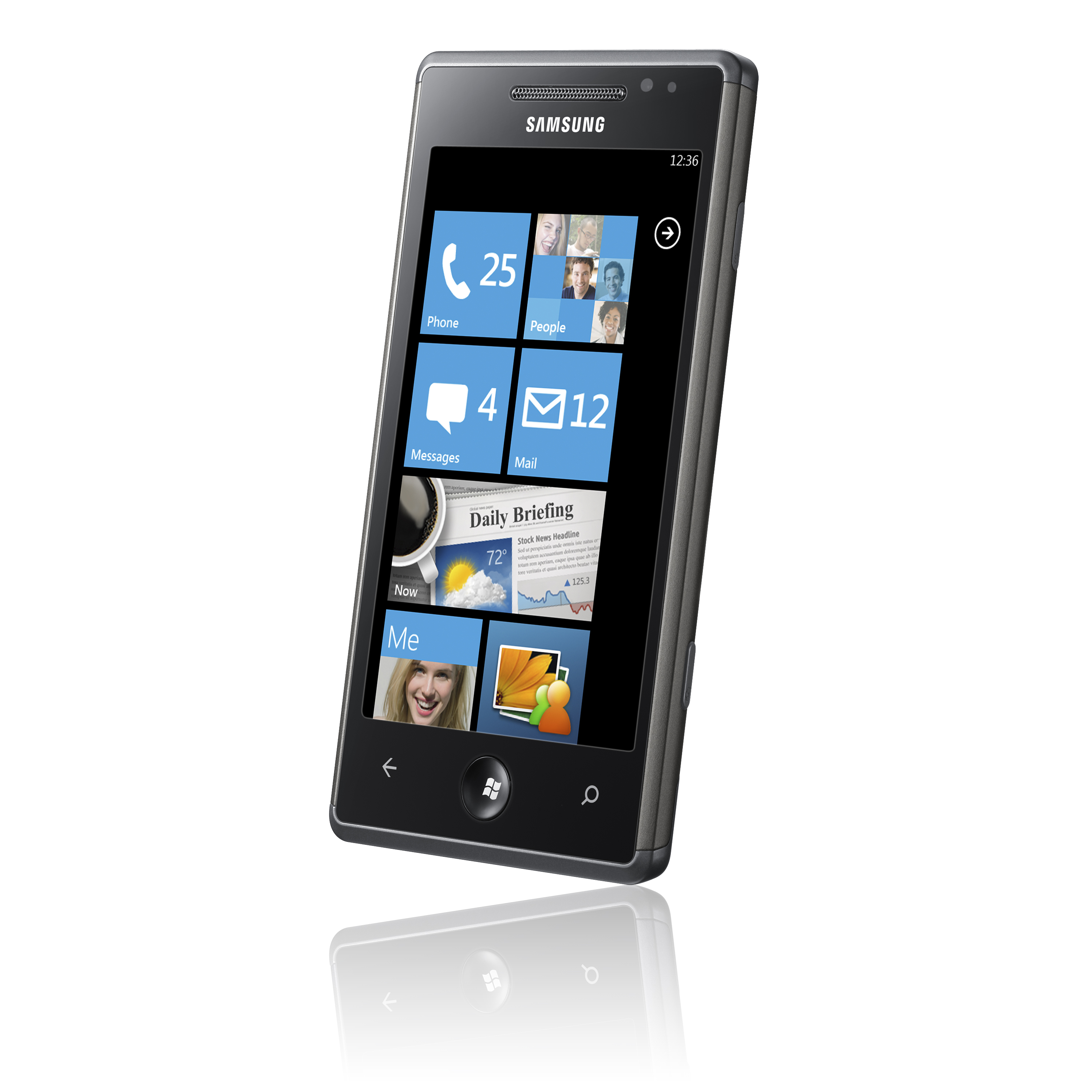Why you can trust TechRadar
The Samsung Omnia 7 is based on a number of principles supplied by Microsoft – namely that the battery life is tailored to the power levels of the OS.
The lack of third-party multitasking, the 1GHz processor specified by Microsoft and the dedicated GPU all mean battery life is pretty well mandated by the Redmond group – and it's relatively impressive here.
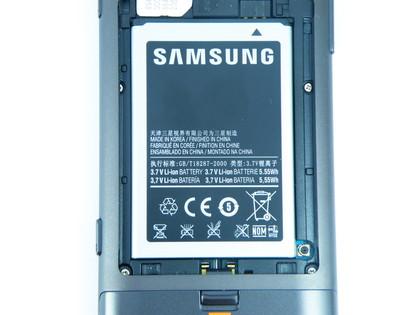
In practice, we managed to get around one and a third days' use out of the phone before it died completely – although we found if you switch things off towards the end of its life, the battery will manage almost half a day more for emergencies.
The Samsung Omnia 7 also benefits from having the Super AMOLED screen. We didn't have a chance to test it minute by minute or use any battery graph applications, but it felt like it managed to hold on just a little longer than the LCD-powered HTC HD7 and its brethren.
The battery is also user-replaceable, which is another plus should the phone freeze and crash, although we never saw any hint of that happening in our tests.
Connectivity
As you can imagine, the Samsung Omnia 7 is filled to the eyes with connectivity options – although not all of them work as well as we would have hoped.
Sign up for breaking news, reviews, opinion, top tech deals, and more.
Coverage is good, because it enables you to make and receive calls nearly all the time. However, we found the data coverage was a little more suspect at times, with the bars dropping down low. The data rarely dropped, but the speeds weren't as fast as we would have liked.
The Samsung Omnia 7 also really struggled with Wi-Fi connections at times too – especially when coming out of sleep mode to reconnect. There were times when we were waiting many seconds to get our Wi-Fi on, and if you were in the middle of downloading something, then it would pause and sometimes fail as the phone got confused over where to get its data from.
Bluetooth worked fairly well – transferring between Windows Phone 7 devices seemed okay but for some reason our handset didn't want to communicate with Android phones, which makes very little sense.
GPS was also an issue for us at times – even when out and about and trying to get a decent map fix, the time to find us from cold wasn't that impressive. It invariably did manage it eventually, but it's not in the same league as the likes of the iPhone 4 at working out where you are almost as soon as you turn on the application.
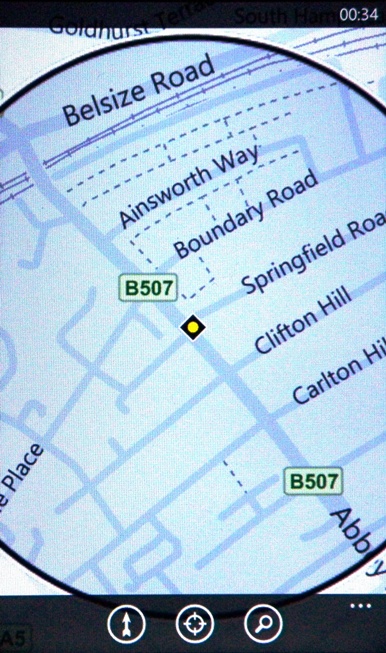
The digital compass didn't really come into play that often either, which is likely due to its API not being available for developers to put in their apps – it seems that's something that could really benefit some, although LG has managed to utilise it in the Optimus 7.
We mentioned it before, but the Zune software is both a blessing and a curse for the Samsung Omnia 7. It's just great for finding your media, siphoning off photos and videos and just generally messing around with your phone.
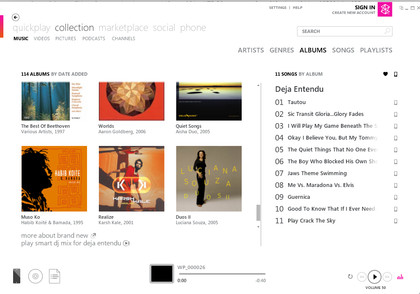
One feature we adored was the ability to sync wirelessly – simply turn on your phone and your PC together and you'll find that in a few minutes you'll be looking at all the updated stuff from either device.
However, you do have to use it when the phone is plugged into the wall, which ruins the trick somewhat… when are you going to have a phone plugged in and your laptop on in another room? It seems like more a niche trick than anything else to us.
There's no internet tethering, which means your phone's data is going to be safe, and we've already mentioned how annoying it is that some videos have to be converted.
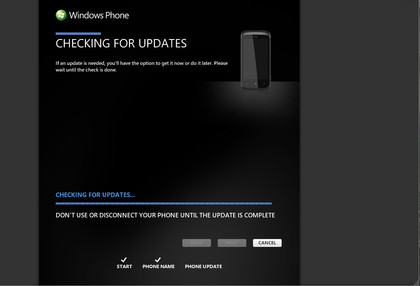
Audio and the like will sync over easily enough – but why aren't we allowed to drag and drop files for easy management? Syncing four films on the Samsung Galaxy S[LINK] takes around 10 minutes or so when simply copied across in known friendly file formats – it takes over an hour on the Samsung Omnia 7.
Connectivity therefore has to get a 'could do better' despite the wide range of options on offer and the excellent implementation of the Zune Media interface otherwise.
Current page: Samsung Omnia 7: Battery and Connectivity
Prev Page Samsung Omnia 7: Office Next Page Samsung Omnia 7: Hands on gallery
Gareth has been part of the consumer technology world in a career spanning three decades. He started life as a staff writer on the fledgling TechRadar, and has grew with the site (primarily as phones, tablets and wearables editor) until becoming Global Editor in Chief in 2018. Gareth has written over 4,000 articles for TechRadar, has contributed expert insight to a number of other publications, chaired panels on zeitgeist technologies, presented at the Gadget Show Live as well as representing the brand on TV and radio for multiple channels including Sky, BBC, ITV and Al-Jazeera. Passionate about fitness, he can bore anyone rigid about stress management, sleep tracking, heart rate variance as well as bemoaning something about the latest iPhone, Galaxy or OLED TV.
